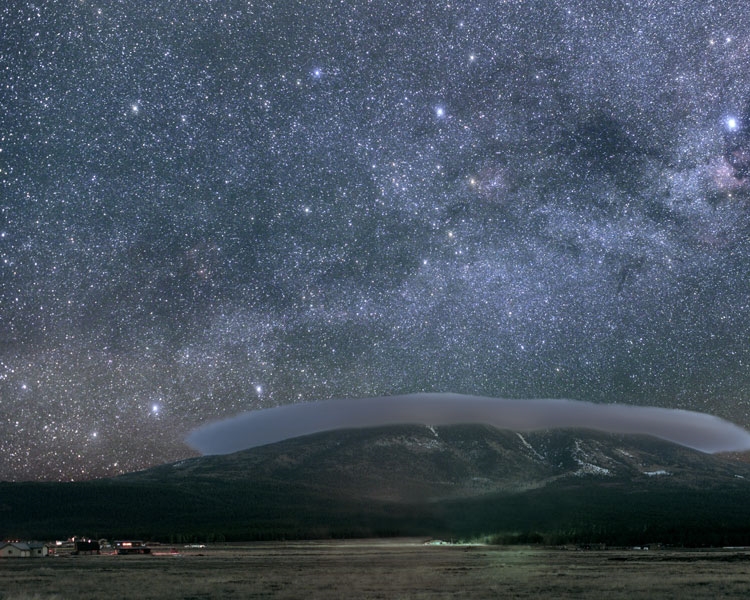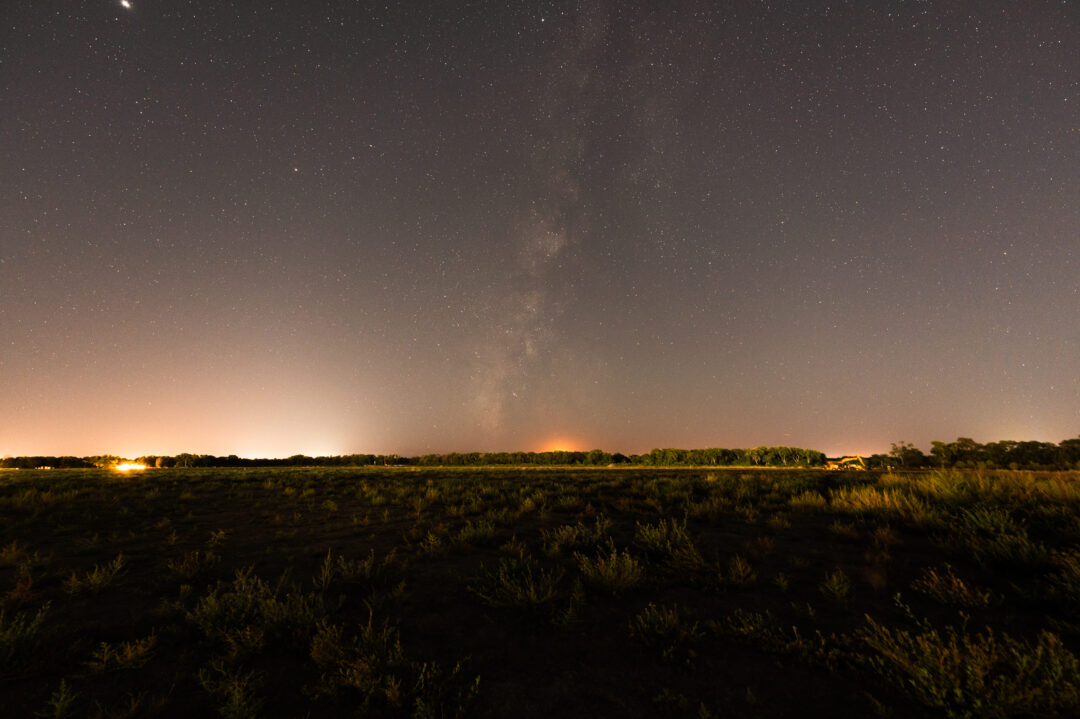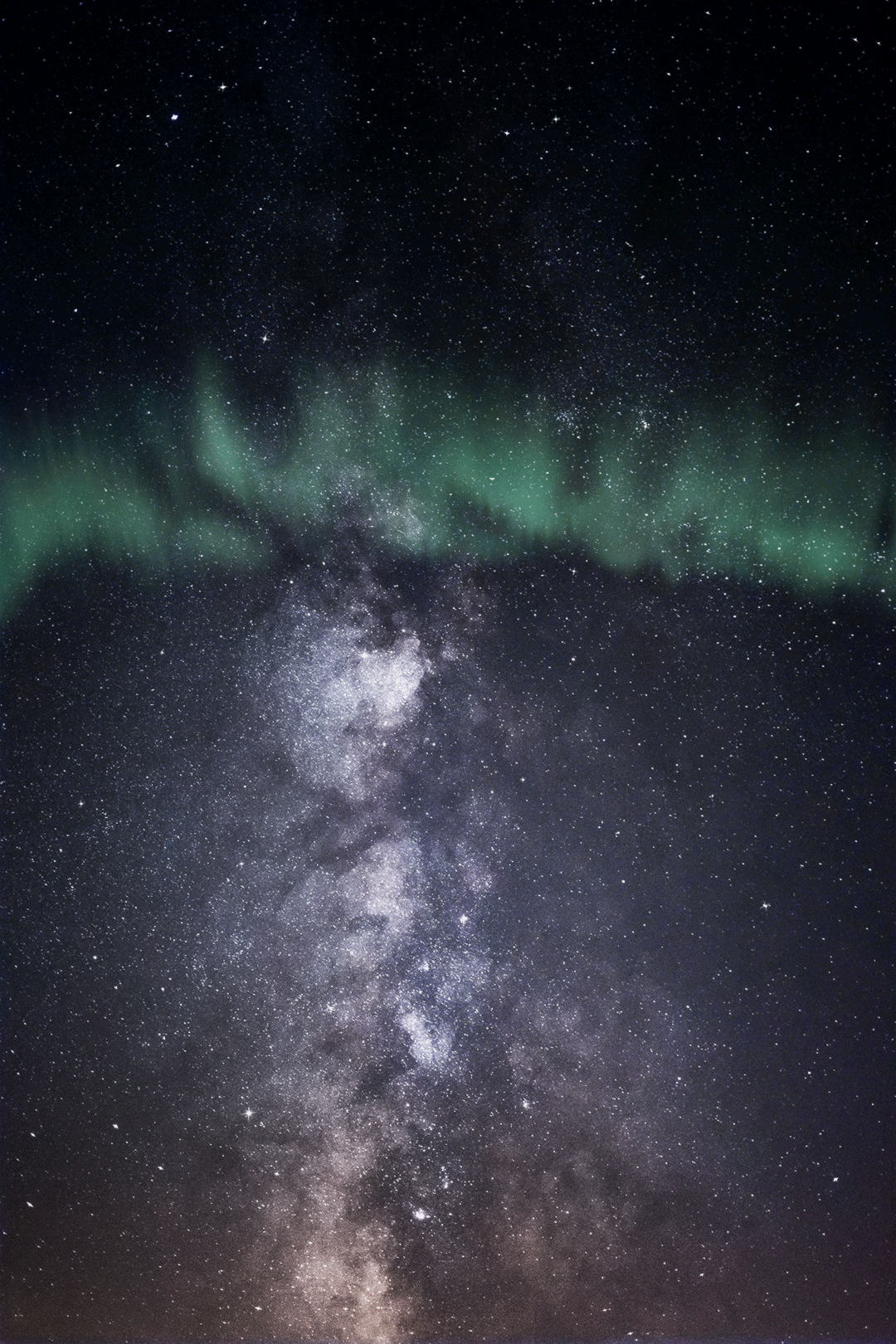 Flagstaff, Arizona became the IDA’s first Dark Sky City in 2001. It enforces outdoor lighting regulations
and fines property owners for careless light pollution. A city ordinance states:
Flagstaff, Arizona became the IDA’s first Dark Sky City in 2001. It enforces outdoor lighting regulations
and fines property owners for careless light pollution. A city ordinance states:
"Dark starry nights, like natural landscapes,
forests, clean water, wildlife, and clear unpolluted air, are valued in many
ways by the residents of this community."
Humphreys Peak looms over the city of Flagstaff, AZ

Dark Sky parks, sanctuaries and reserves tend to be in remote locales
far from most of the country's inhabitants.
In 2019, the IDA began recognizing Urban Night Sky Places—spots in urban areas that are
managed to maintain night skies in the midst of significant artificial light.
Valle de Oro National Wildlife Refuge on the outskirts of Albequerque, NM






 Flagstaff, Arizona became the IDA’s first Dark Sky City in 2001. It enforces outdoor lighting regulations
and fines property owners for careless light pollution. A city ordinance states:
Flagstaff, Arizona became the IDA’s first Dark Sky City in 2001. It enforces outdoor lighting regulations
and fines property owners for careless light pollution. A city ordinance states: